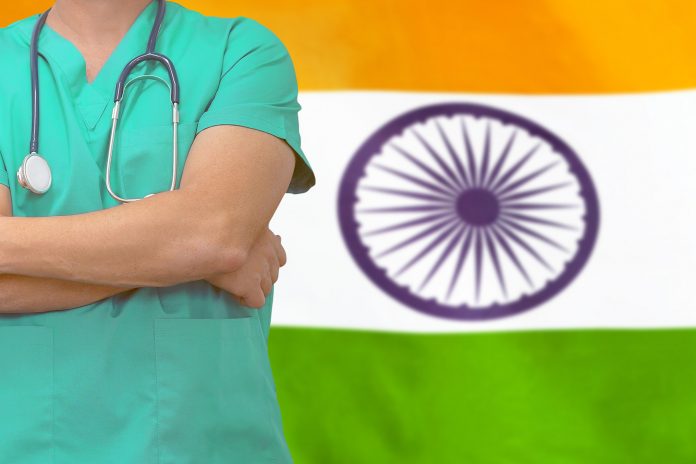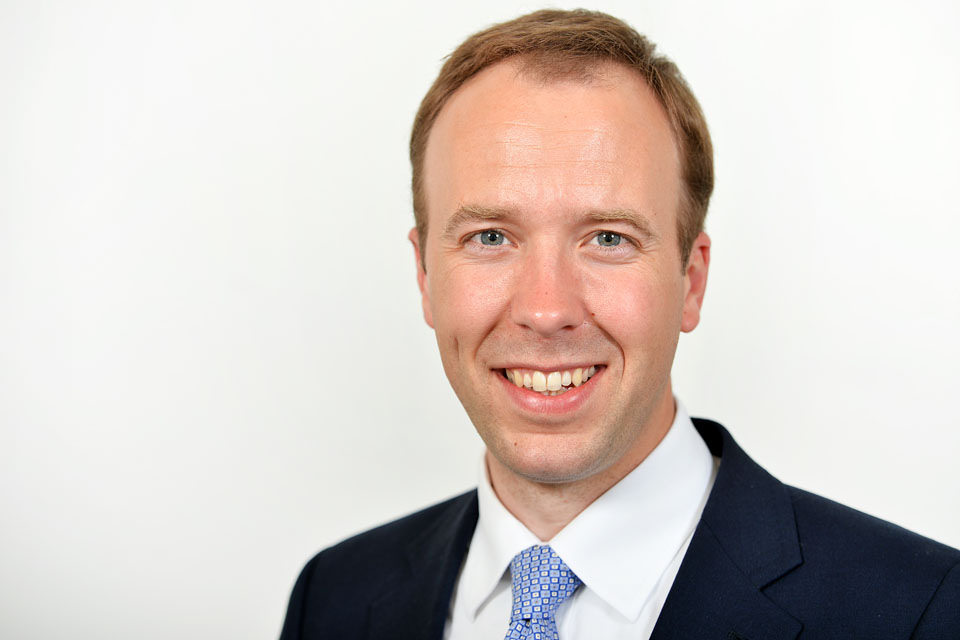India’s medical tourism sector is seeking to re-open for critical cases and transplants. But the country needs a new, long term strategy to see it develop as a medical travel destination for high value treatment, argues Ian Youngman.
India has been a medical tourism destination for over a decade.
Most medical tourists are from Asian and African countries. A small number of people also come from the USA, UK, and Australia. According to government data published in February 2021, 697,453 international patients went to India for medical treatment in 2019. The majority of international patients to India are from countries in the immediate neighbourhood, and most are not well off.
With the removal of lockdowns and travel restrictions across borders globally, Indian medical tourism is now re-opening for critical cases and transplants. Recently 21 patients from Myanmar were flown in on a charted flight for either kidney or liver transplants at an Apollo Hospital. But few people can afford charter flights and this is why the number is relatively small.
According to the India Tourism Development Corporation (ITDC), the country could be one of the biggest beneficiaries of medical travel, due to its newfound credibility and recognition as a ‘reliable and capable’ medical destination. But for this to happen, the ITDC says the sector must be streamlined, organised and regulated.
In general, there are three areas where India needs to improve, to boost medical tourism in a post-pandemic future:
- Advertise in a better way about the facilities present in major hospitals.
- Educate the Indian high commission in various countries about medical tourism as a potential revenue and goodwill earner.
- Set up public-private partnerships between hospitals providing medical treatment, as there are several government hospitals where treatment quality is on par with private hospitals.
The ITDC also states that India’s medical travel sector is filled with ‘unscrupulous elements who inflate the costs but also provide inadequate and unreliable services to foreign medical tourists’.
It recognises that, in addition to a reliable and affordable medical facility, a medical tourist requires support services such as visa and travel arrangements, stay for attendants, food and language issues. These are currently administered under various separate departments/ministries, with a few large, expensive hospitals providing all these services under a single roof.
Indian medical tourism needs a single window and a reliable, certified and regulated common platform to offer solutions on different budget packages.








 ©2024 All rights reserved LaingBuisson
©2024 All rights reserved LaingBuisson 


